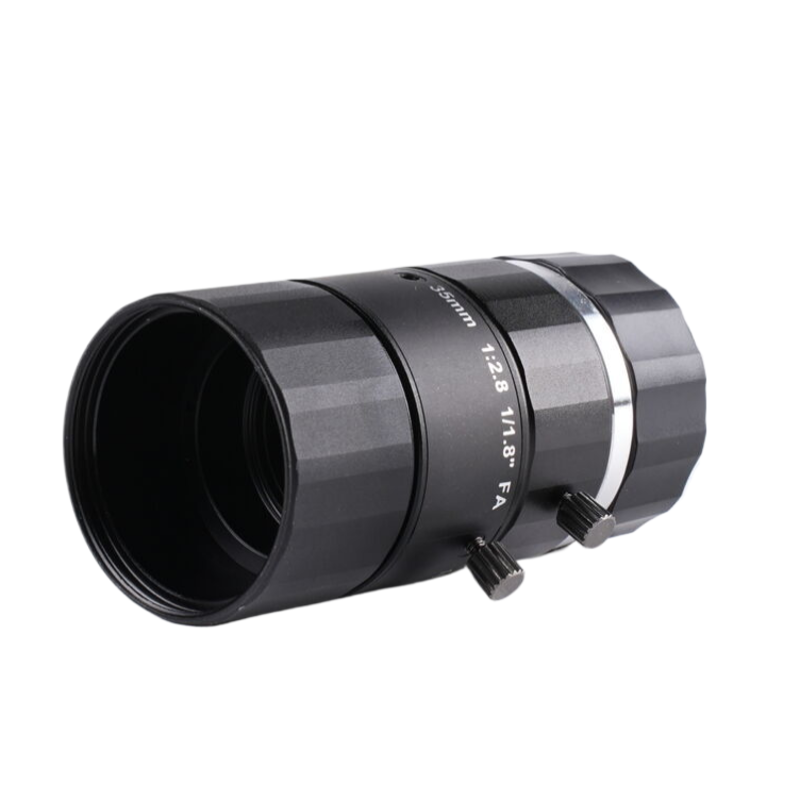Company News
Underwater surveillance cameras have become indispensable tools for marine security, providing vital monitoring capabilities in environments where visibility is limited and traditional methods fall short. These cameras are crucial for safeguarding marine assets, monitoring underwater activities, and ensuring the security of ports, harbors, and offshore facilities. Understanding their key benefits and knowing how to resolve common problems will help maximize their effectiveness.
Key Benefits of Underwater Surveillance Cameras
1. Enhanced Security Monitoring
- Benefit: Underwater cameras offer continuous surveillance of submerged areas, helping to detect unauthorized activities such as illegal fishing, smuggling, or sabotage.
- Advantage: They provide real-time video footage, enabling swift response to potential security threats and ensuring the safety of marine environments.
2. Improved Asset Protection
- Benefit: These cameras are essential for monitoring underwater structures like pipelines, cables, and oil rigs, helping to detect damage or tampering.
- Advantage: Early detection of issues allows for timely maintenance and repair, preventing costly damage and ensuring the integrity of critical infrastructure.
3. Environmental Monitoring
- Benefit: Beyond security, underwater cameras can monitor marine wildlife and environmental conditions, helping to protect fragile ecosystems.
- Advantage: They provide valuable data for conservation efforts and help to enforce environmental regulations, contributing to the sustainability of marine habitats.
4. 24/7 Surveillance Capability
- Benefit: Designed to operate in low-light and murky conditions, underwater cameras offer reliable surveillance day and night.
- Advantage: Their ability to function in challenging environments ensures comprehensive coverage, regardless of time or weather conditions.
5. Versatile Installation Options
- Benefit: Underwater cameras can be deployed in various locations, from shallow coastal areas to deep-sea environments.
- Advantage: Their flexibility allows for tailored surveillance solutions that meet the specific needs of different marine security operations.

How to Resolve Common Problems
1. Limited Visibility in Murky Waters
- Problem: Sediment, algae, and other particles in the water can obscure camera visibility, making it difficult to capture clear images.
- Solution: Use cameras equipped with advanced imaging technology, such as infrared or low-light sensors, to enhance visibility. Regular maintenance of the camera lens and housing can also reduce buildup that impairs clarity.
2. Corrosion and Wear
- Problem: Prolonged exposure to saltwater and other corrosive elements can lead to the deterioration of camera components.
- Solution: Invest in cameras made from corrosion-resistant materials, such as stainless steel or marine-grade aluminum. Regularly inspect and service the cameras to prevent and address any signs of wear.
3. Signal Transmission Issues
- Problem: Underwater environments can interfere with signal transmission, leading to interruptions or loss of video feed.
- Solution: Utilize high-quality underwater cabling and signal boosters to ensure stable transmission. In wireless setups, consider using acoustic modems designed for underwater communication to enhance signal reliability.
4. Power Supply Challenges
- Problem: Providing consistent power to underwater cameras can be difficult, especially in remote locations.
- Solution: Use cameras with low power consumption or those that can be powered by renewable sources like solar or tidal energy. Battery backups can also ensure continued operation during power outages.
5. Physical Damage from Marine Life or Debris
- Problem: Marine life or floating debris can damage underwater cameras, leading to functionality issues.
- Solution: Protect cameras with rugged housings and strategically place them in areas less likely to encounter hazards. Regular inspections and prompt repairs will also help minimize the impact of any damage.
Conclusion
Underwater surveillance cameras are essential for maintaining marine security, offering unparalleled monitoring capabilities in challenging environments. Their ability to enhance security, protect assets, and monitor the environment makes them indispensable in marine operations. By addressing common problems such as visibility issues, corrosion, and signal transmission challenges, you can ensure these cameras perform optimally, providing reliable surveillance and safeguarding vital marine resources. Investing in the right equipment and maintenance practices will ensure the long-term success of your underwater surveillance efforts.
 English
English  German
German Japanese
Japanese Korean
Korean Vietnamese
Vietnamese French
French Spanish
Spanish भारत
भारत



